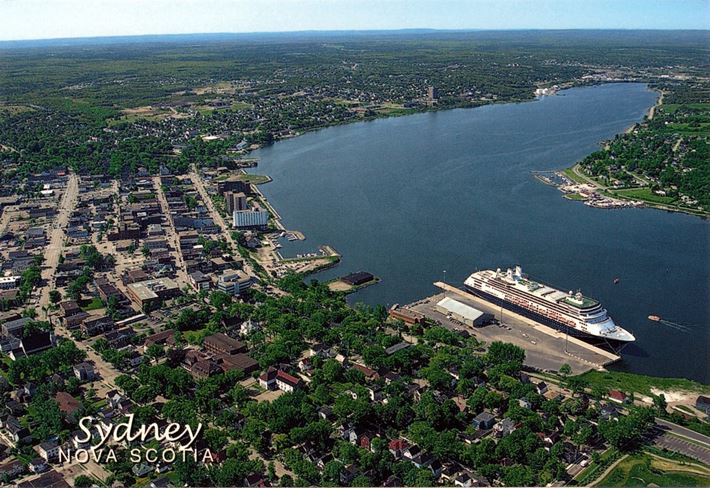The NSEF group in CBRM is now in the protest planning stages for our up coming protests on the equalization situation in Cape Breton. We have heard from many people who have signed up to join us in our demonstrations through our website and social media. Moving forward, we are planning out locations carefully to maximize our effect. The final meeting for the public will be on April 3rd at 7:30 pm at the Cedars Club on Mackenzie Street in Sydney. We will have presentations from the police as well as lawyers on the laws about protesting and demonstrating as well as presenters on issues pertaining to Equalization. We urge all who plan to protest to send someone from your group so they may be informed on these laws.
If you have not signed up to protest and you wish to help save our island, then visit our website at www.nsef.ca and educate yourself on this crime against the people of Nova Scotia. The Provincial Government in Halifax is keeping the funds that Ottawa is providing to us for themselves, so that they can build and better their city while the rest of the province dies. Towns are dropping like flies and we will be next unless we unite and stand together and show the government that they work for us and we, the people, make the decisions concerning our future, not them. Here in CBRM we receive $15 million in equalization and this amount should be around $240 million per year. Our island is falling apart and we are letting this happen by voting in the same MLA's year after year who will not stand up and fight for us. So this fight is going to have to fall on the people of Cape Breton and we hope that you all remember that at election time.
The date to pick up your protesting kits (signs, banners and brochures) will be Tuesday May 1st after 7:00pm at the Cedars Club on Mackenzie Street. At this time, your location will be determined and protest times will be issued. The NSEF would like to thank the public for their support over the past few months and we want to thank all the people who have signed up to protest. Together, we will take back this island and start fresh on a new and exciting road. We all need to stop complaining about our problems and actually do something to fix them. Every person on Cape Breton can and will make the difference.
Thank you.
The Nova Scotians for Equalization Fairness
The NSEF is planning protests now. Get involved and save CB.
Posted by
Dr. Albert Maroun
Receive news by email and share your news and events for free on goCapeBreton.com
SHOW ME HOW
https://capebreton.lokol.me/the-nsef-is-planning-protests-now-get-involved-and-save-cb
Location CBRM
People People News & Stories
View all the LATEST
and HOTTEST posts
and HOTTEST posts





19
Log In or Sign Up to add a comment.- 1
arrow-eseek-e1 - 7 of 7 itemsFacebook Comments